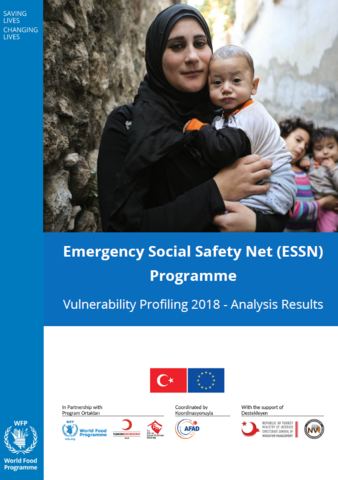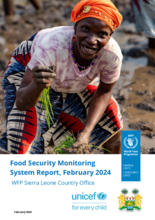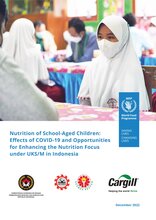
Background
The primary objective of this analysis is to inform the technical design of the ESSN programme in 2019 and beyond, allowing WFP to conduct evidence-based decision making for the selection of eligible households. The analysis builds upon a large amount of data collected through the ESSN and aims to answer core vulnerability questions, namely, how many refugees are vulnerable? Who are they? Where are they? At the same time, this work seeks to provide evidence to refine the targeting criteria used to identify refugees in need of unconditional/unrestricted ESSN assistance. Finally, the analysis estimates how many refugee households have the potential to ‘graduate’ into livelihoods programming.
Methodology
In order to account for the multidimensional and complex nature of vulnerability, three dimensions are used to estimate households’ vulnerability:
-
Food consumption: households are classified as having a poor/borderline/acceptable food consumption based on the results of their Food Consumption Score (FCS);
-
Livelihood coping: households are classified as resorting to high risk coping/lower risk coping based on the maximum severity of livelihood coping strategies adopted;
-
Economic vulnerability: households are classified as being economically vulnerable/not economically vulnerable if they are, respectively, below or above the Minimum Expenditure Basket (MEB) of 294 TRY monthly per person.
Datasets
The data used for this analysis has been retrieved from several datasets. The first is the Pre-assistance Baseline (PAB) survey, collected from ESSN applicants, providing statistically representative data for 1.6 million applicants before any assistance was delivered to the eligible households. The survey was conducted between February – May 2017, with sampling stratified into 5 geographic regions in Türkiye (see map below), from 8690 household. Questions regarding the demographic profile of the applicant households, Dietary Diversity, Food Consumption Score, Consumption Coping Strategies, Livelihood Coping Strategies, Income sources, Expenditures, Debt, Poverty are asked to the participants.
The second data source is the Post-distribution Monitoring survey (panel survey / follow-up surveys from 6958 PAB participants). These results were also used in this analysis, particularly within the economic vulnerability section.
| Document | File |
|---|---|
| Emergency Social Safety Net Programme, Vulnerability Profiling 2018: Analysis Results |
PDF | 2.47 MB
Download
|


